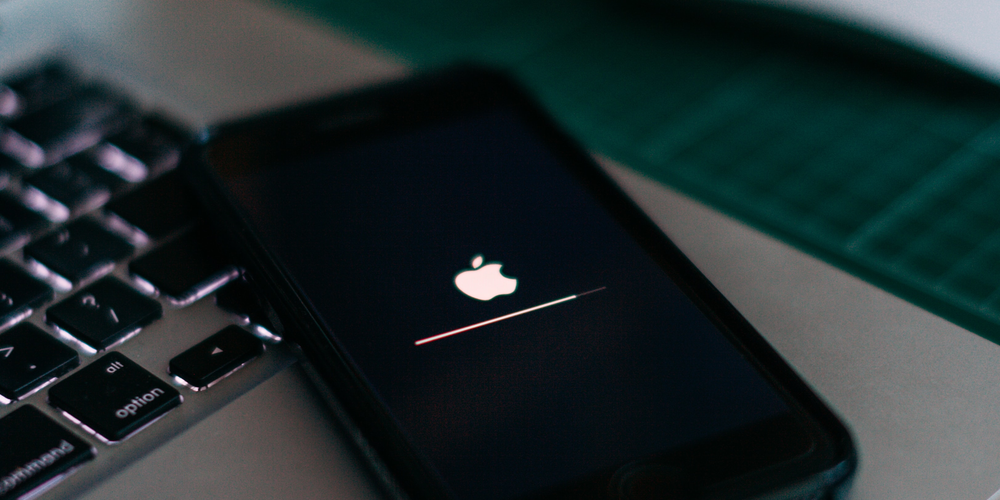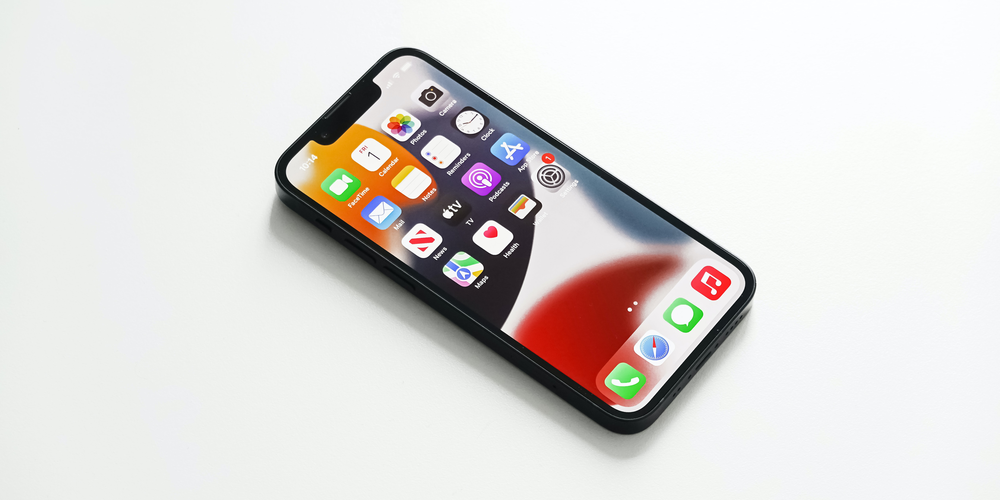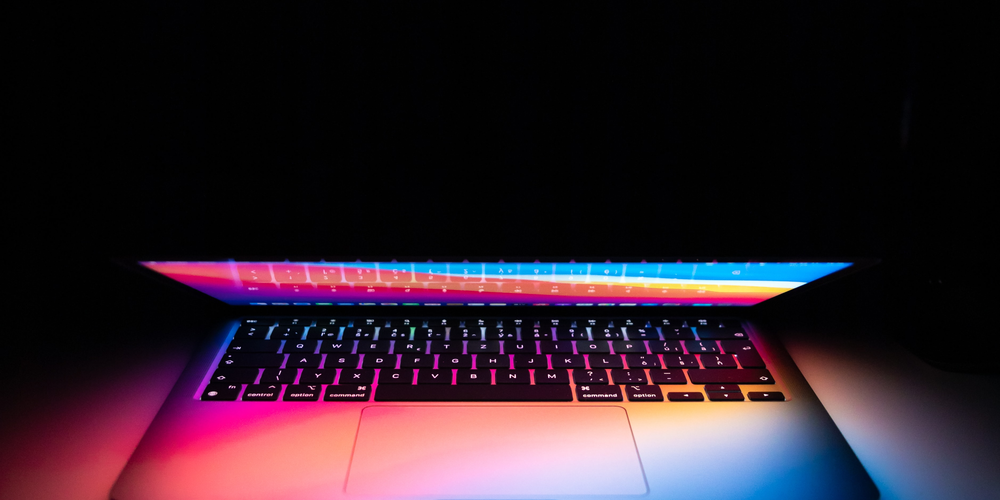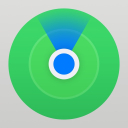Guide To Improving Battery Life On Apple Devices
Aug-13-2022

The performance of your devices depends a lot on how the batteries work. Over time, their lifetime is reduced. This detailed guide will tell you how to improve their lifespan and get the maximum out of your gadgets.
General Tips
The most important recommendation is to update the OS installed on your devices. Usually, developers, with each new patch, introduce various performance improvements and optimize power consumption. So, first of all, you need to check for fresh updates and install them if the gadget model and memory capacity allow it.
It is also recommended to monitor the ambient temperature. Extreme lows and highs adversely affect the performance of any battery. Apple has specific guidelines for what temperatures their devices should be used in. For example, compact and wearable gadgets do best in the 32° to 95°F (0° to 35°C) range. At the same time, MacBooks have tighter limits: 50° to 95°F (10° to 35°C). If the air temperature is below or above the specified limits, battery productivity will be significantly reduced. The good news is that as soon as the temperature returns to optimal levels, the devices will also begin to work normally.
During those periods when you do not use your gadgets and just store them on the shelf, the recommended battery charge should be around 50%. If it is completely discharged, the device may go into the so-called deep discharge mode, which will no longer be able to hold a charge. The same goes for a fully charged battery. It may lose some volume, which will shorten the operating time. To prevent your gadget from using energy, turn it off for a long period of storage. Experts recommend charging devices by 50% every six months. Please note that if the battery is completely discharged during storage, it may take some time (around 20 minutes) to charge it before you can use it.

Tips for Portable Gadgets
You can also use the above recommendations for portable gadgets such as the iPod Touch, iPhone, and iPad. In addition to them, set automatic screen brightness adjustments to the room lighting. It is also noted that connected Wi-Fi takes less energy than the cellular network.
Do not forget about the existence of Low Power Mode, which is a great helper in saving energy. At a minimum charge percentage, it optimizes battery consumption by reducing system animations, lowering brightness, and disabling background content loading. By the way, you can also completely turn off the loading of materials in the background, prevent services from using your geolocation, and disable some unimportant notifications that wake up the screen.
Speaking of Apple Watch, you have several options to enhance battery performance here. You can turn off the heart rate monitor and change the settings for activating the screen when raising your hands. Also, keep in mind that the Bluetooth connection between your Apple Watch and iPhone maintains optimum battery life. Turning it off will cause your wearable gadget to run out of power faster.
Tips for MacBook
MacBook has a fairly extensive set of battery life settings that you can modify to your liking. Lower your screen brightness, use a network connection instead of Wi-Fi, turn off your removable hard drive and other peripherals, and don't charge other gadgets via USB unless your laptop is connected to a network.

Tips for iPods
Activate the "Hold" switch so that the gadget's screen does not light up when you do not use it, and utilize the screen backlight only when needed. You can also turn off the equalizer if it doesn't significantly affect your listening experience since it also requires an additional charge.
We hope these recommendations have been useful to you and will help you prolong the life of your batteries. Please share your tips if we forget to mention some crucial points!







